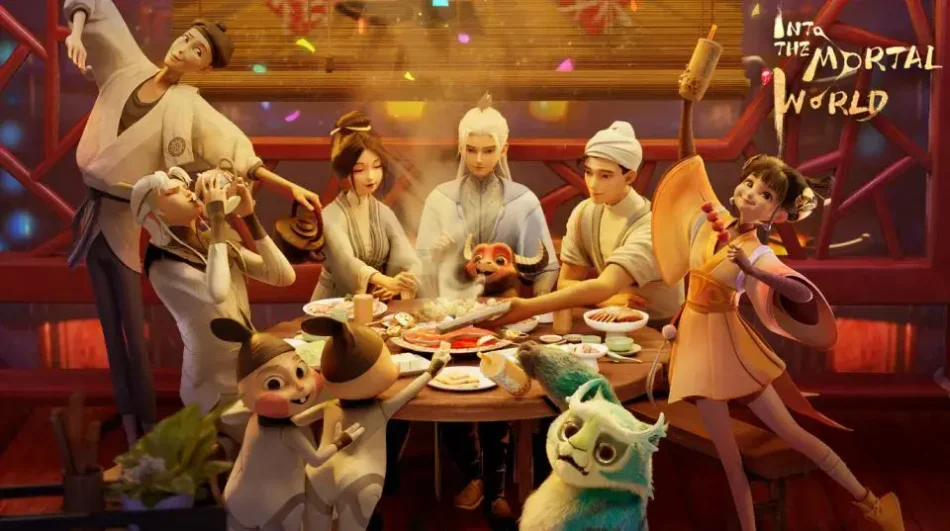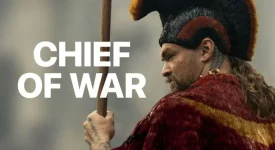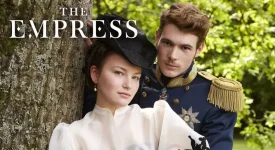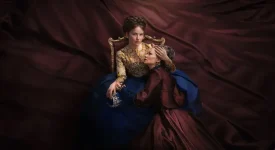(may contain spoilers)
Douban rating: 7.8
Director: Ding Zhong
Douban Comments: “At first, I thought it wouldn’t be anything special, but it completely exceeded my expectations. The world-building, smooth storytelling, and especially the emotional ending were just as impressive as works from studios like Light Chaser or Coloroom – really touching.
Using the 28 lunar mansions and silk embroidery as a foundation, the story explores themes like fate and family emotions from an Eastern cultural perspective, all while keeping it fun and engaging like a game. It shows that Chinese people have their own ‘zodiac signs’ and their own version of ‘where the magical stars are’.
There’s a detail in the second half that really hits home – after the Weaver Girl’s golden shuttle is restored in the underworld, its power brings Jin Feng and Xiao Fan back to life. On the surface, it seems like a story about blood ties, but at its core, it’s about belief. It’s Jin Feng’s faith in the golden thread that makes it happen. They chose to become family – not by blood, but by heart.”
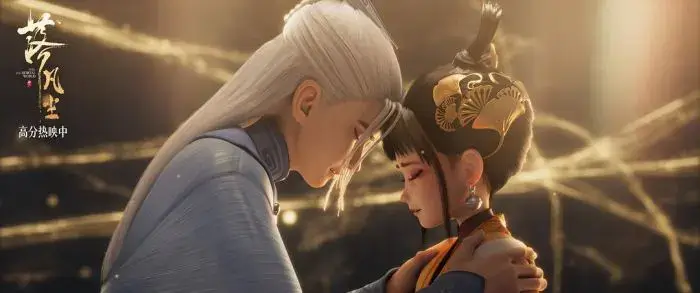
“At first, I couldn’t get used to the art style – it felt kind of wrong to me – but gradually, I came to accept its unique, ‘aesthetic of the unattractive’ look. As a Chinese animated film, the script still has its flaws. Some details and logic don’t really hold up under close scrutiny, but thankfully, none of them are deal-breakers. The overall genre formula works, and even though the themes are the usual ones we often see in Chinese animation, they’re still effective.
The second male lead, a celestial being, mirrors Ao Bing from Ne Zha, but his character falls apart in the third act, missing a chance to add more depth to the main character. The Earth God and the little bunny also get introduced and then just vanish.
Once the main character and his sister get their mother’s golden shuttle, their power levels suddenly go through the roof – it’s a classic ‘power boost by plot’, and you just have to roll with it.
The part where the protagonist comes to the human world to capture the star spirits could’ve been an entire Hollywood-style movie by itself. Then the whole conspiracy, uncovering the truth about his mother, and saving the world – that could’ve been a separate story. If they want to really follow the Hollywood model, it would help to focus more on internal character growth. Whether it’s defeating villains or saving the world, in the end, it should be about solving one’s inner struggles. Chinese animation often gets this backwards, focusing too much on the ‘chosen one saves the world’ trope.”
“This is actually one of the most creative reinterpretations of mythology in recent years. The Queen Mother is the boss of the heavens, and the Weaver Girl breaks out of the typical ‘love-obsessed’ mold – she’s a real goddess who falls in love with the Cowherd on her own terms. The root of all the problems? A petty, jealous old man who just couldn’t take it. This totally beats all those ‘male lead saves the world’ type stories by miles!”

